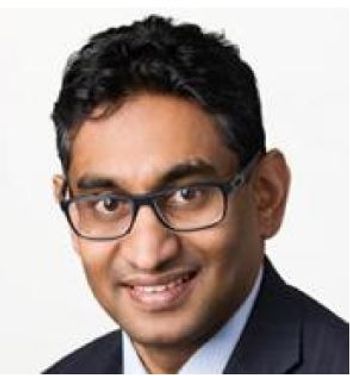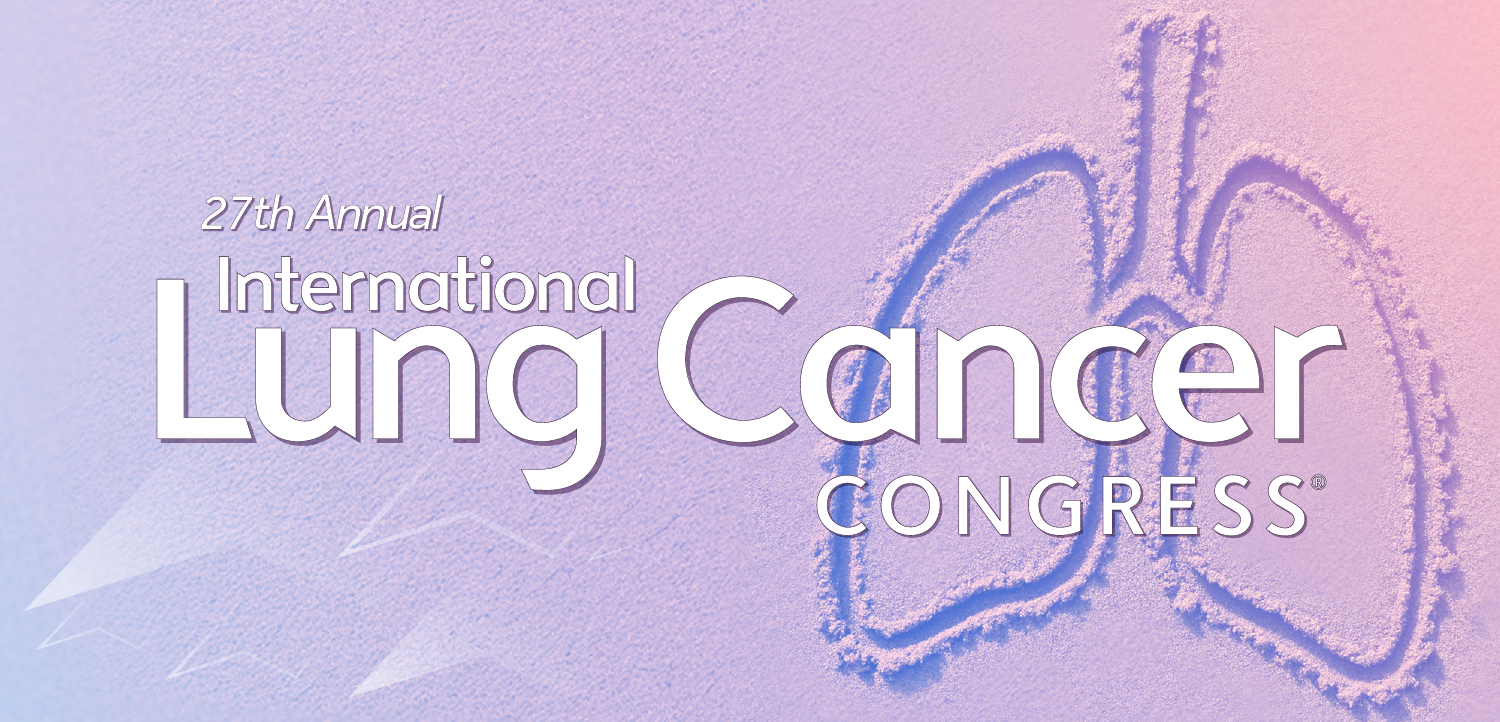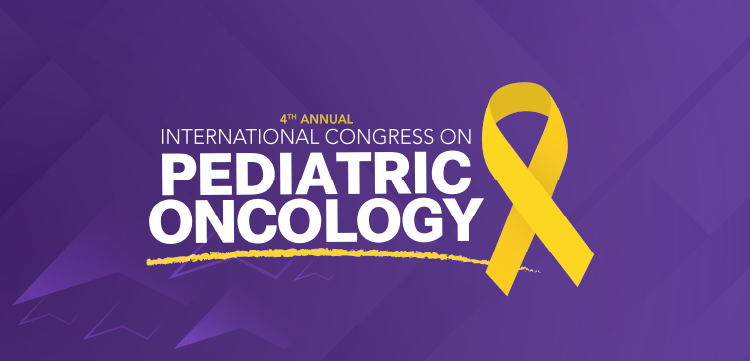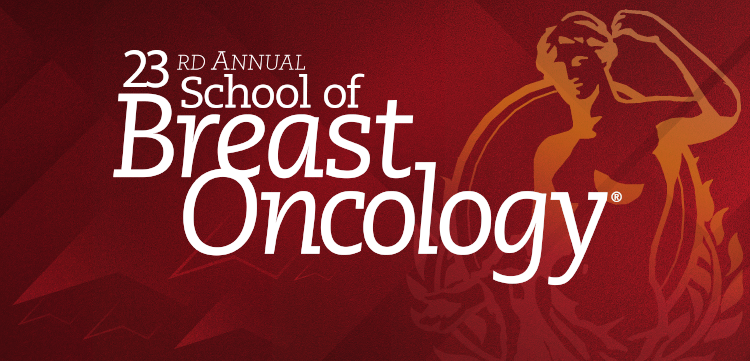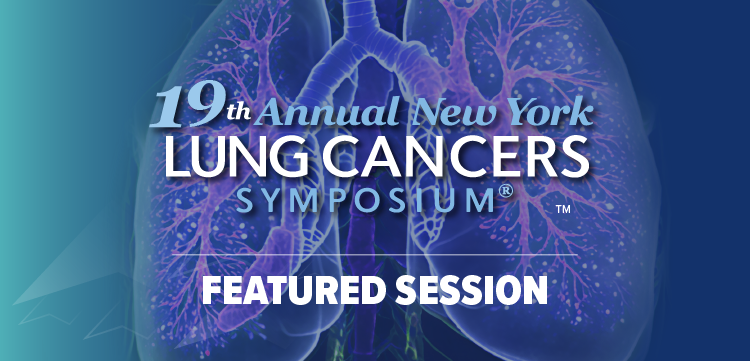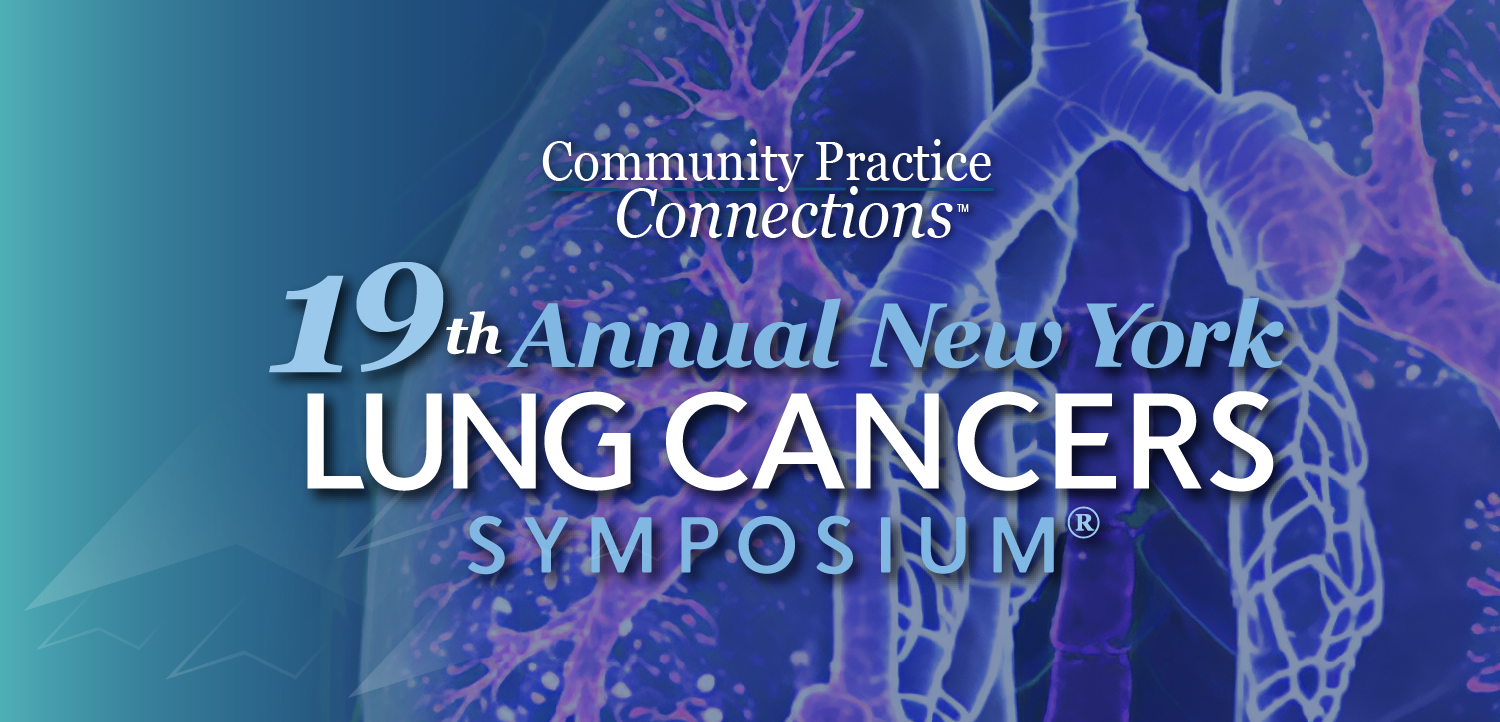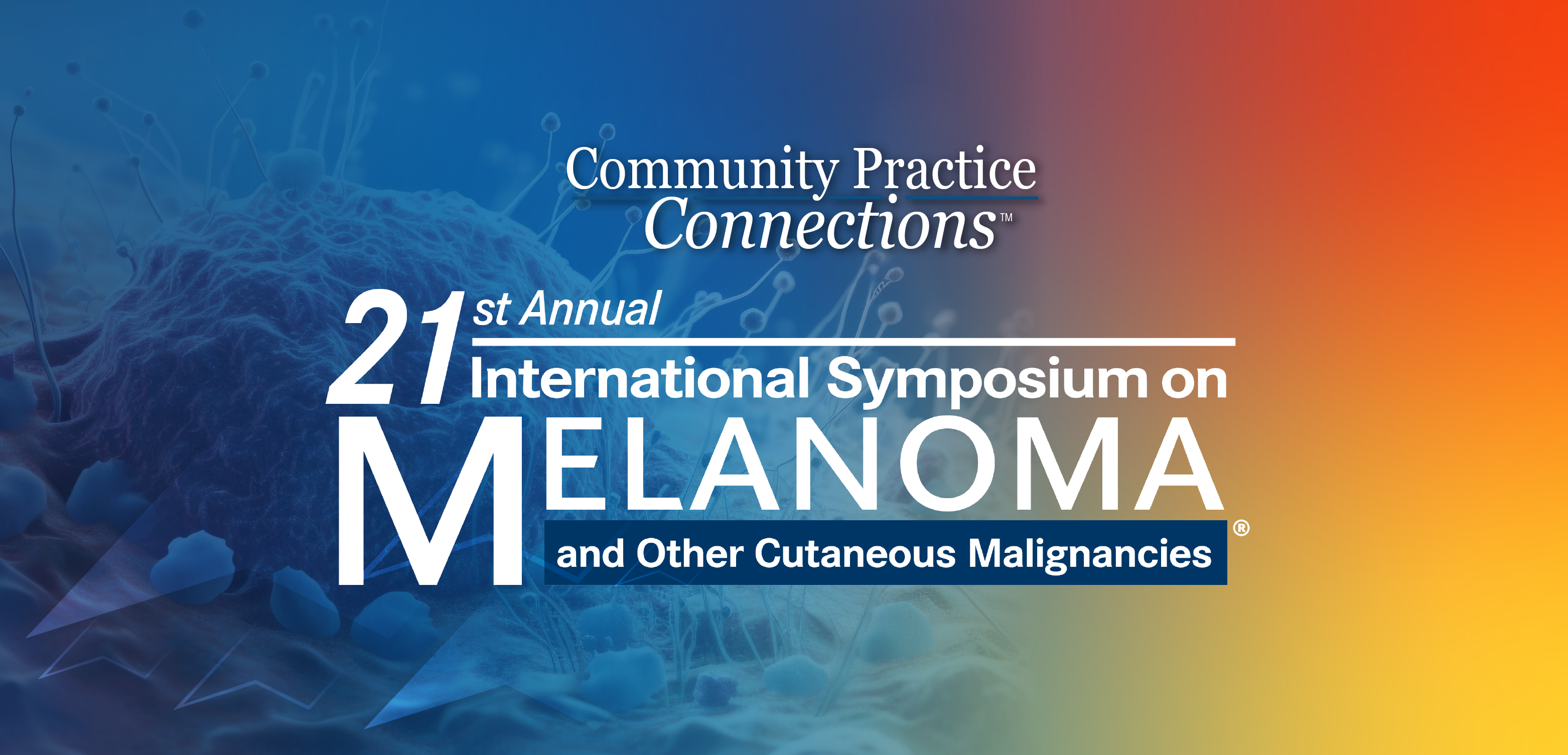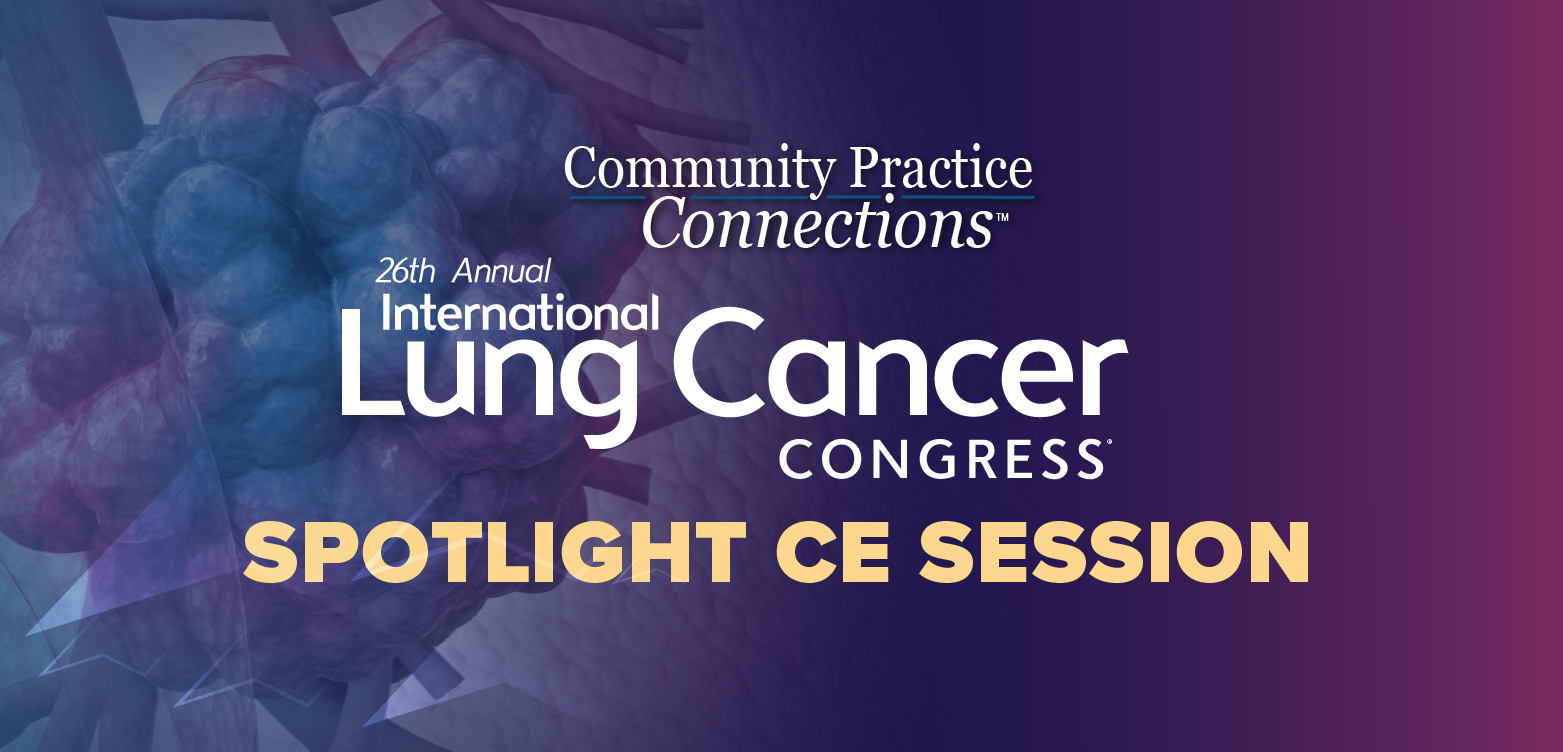
Glamorous Media Image of Smokers Linked to Teen Smoking
PITTSBURGH -- Teenagers who believe that wealthy, successful people smoke are more likely to become smokers themselves, researchers here reported.
PITTSBURGH, May 8 -- Teenagers who believe that wealthy, successful people smoke are more likely to become smokers, researchers here reported.
Those who believe that their parents disapprove of smoking are less likely to smoke, and the stronger the disapproval they sense, the less likely they are do it, Brian A. Primack, M.D., of the University of Pittsburgh, and colleagues reported in the May issue of the Archives of Adolescent and Pediatric Medicine.
In a cross-sectional survey of current smoking and susceptibility to smoking, the researchers studied 1,138 high school students. Of these, 216 (19.0%) reported current smoking, and 342 (38.3%) of 893 nonsmoking students were at risk for future smoking.
The students were recruited from a public high school outside Pittsburgh. Their mean age was 15.9; 47.2% were male, and 90.2% were white.
Factor analysis for the study identified three normative beliefs, labeled "perceived prevalence of smoking," "perceived popularity of smoking among elite and successful elements of society," and "disapproval of smoking by parents and peers."
On average, students believed that 56% of people in the U.S. smoke cigarettes at least once a month, and that 48% of high school seniors do so. Actually, 22.3% of the U.S. population smokes at least once a month, and 21.9% of high school seniors do, the researchers reported.
In the fully adjusted regression model, the perceived prevalence of smoking was independently associated with current smoking, but not with susceptibility to smoking.
Popularity among successful, elite members of society was independently associated with an increased likelihood of current smoking and a susceptibility to smoking among those who did not smoke. Of the students, 27.7% believed that wealthy people smoke more than poor people.
Multiple logistic regression showed that each of the three constructs was independently associated with current smoking (adjusted odds ratios, 1.05 [95% confidence interval, 1.02-1.08], 1.12 [CI, 1.02-1.23], and 0.66 [CI, 0.59-0.75], respectively), even after controlling for covariates.
Each one-point increase in the elite-smoker scale was associated with a 12% increase in the odds of being a current smoker and a 20% increase in the odds of being susceptible to future smoking, the researchers reported.
By contrast, after adjusting for peer and family smoking, adolescents were less likely to be current smokers or to start smoking if they perceived a higher prevalence of parental and/or peer disapproval, the researchers said.
The students' perceptions of smoking among the successful, elite and disapproval by parents and peers were independently associated with susceptibility to future smoking (OR ratios, 1.20 [CI, 1.11- 1.29] and OR 0.87 [CI, 0.79-0.96], respectively).
In the fully adjusted model, disapproval by family and friends was also significantly associated with both current smoking and susceptibility to smoking. A one-point increase in response to disapproval was associated with a 34% decrease in the odds of being a current smoker and a 13% decrease in the odds of being susceptible to future smoking, the researcher reported.
Teenagers may be influenced by the perception of how others will feel about their smoking and whether people they admire smoke, rather than simply the notion that many people smoke, the researchers said.
In this study, 24.2% of students incorrectly believed that most successful business people smoke at least once a month, and 27.7% incorrectly believed that wealthy people smoke more than poor people.
It is likely, the researchers said, that media portrayals of smoking, which often show smoking in a glamorous light, contribute to a false impression of high smoking prevalence among the elite.
This finding, the researchers said, suggests that smoking beliefs can be improved by more accurate information about the true prevalence of smoking, but also by emphasizing more accurate information about the types of individuals who smoke.
It may also be valuable, Dr. Primack's team said, to implement media restrictions and also media-literacy programming, the researchers said.
Because the study population was drawn from a single large high school and was fairly homogeneous in terms of ethnic and racial makeup, generalizability of these finding may be limited, the researchers noted.
Furthermore, they said, because this was a cross-sectional study, only association, but not causation, could be determined. Longitudinal studies and randomized intervention trials are needed to determine directional and causal nature of these associations. For example, teens who start smoking may develop different beliefs later on.
Finally, the researchers underscored the negative role of the perceived popularity of smoking among elite subgroups, and, by contrast, the positive part played by peer and family disapproval in keeping nonsmokers smoke-free.
In addition, Dr. Primack is supported in part by a Physician Faculty Scholar Award from the Robert Wood Johnson Foundation and by a grant from the National Cancer Institute.
Newsletter
Enhance your clinical practice with the Patient Care newsletter, offering the latest evidence-based guidelines, diagnostic insights, and treatment strategies for primary care physicians.

